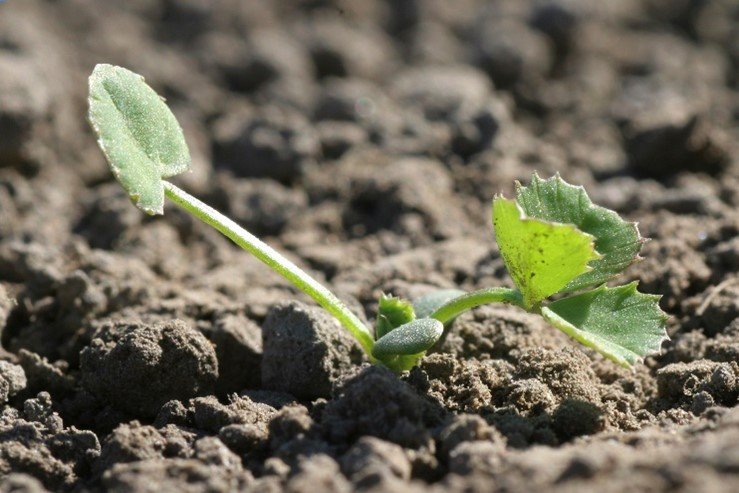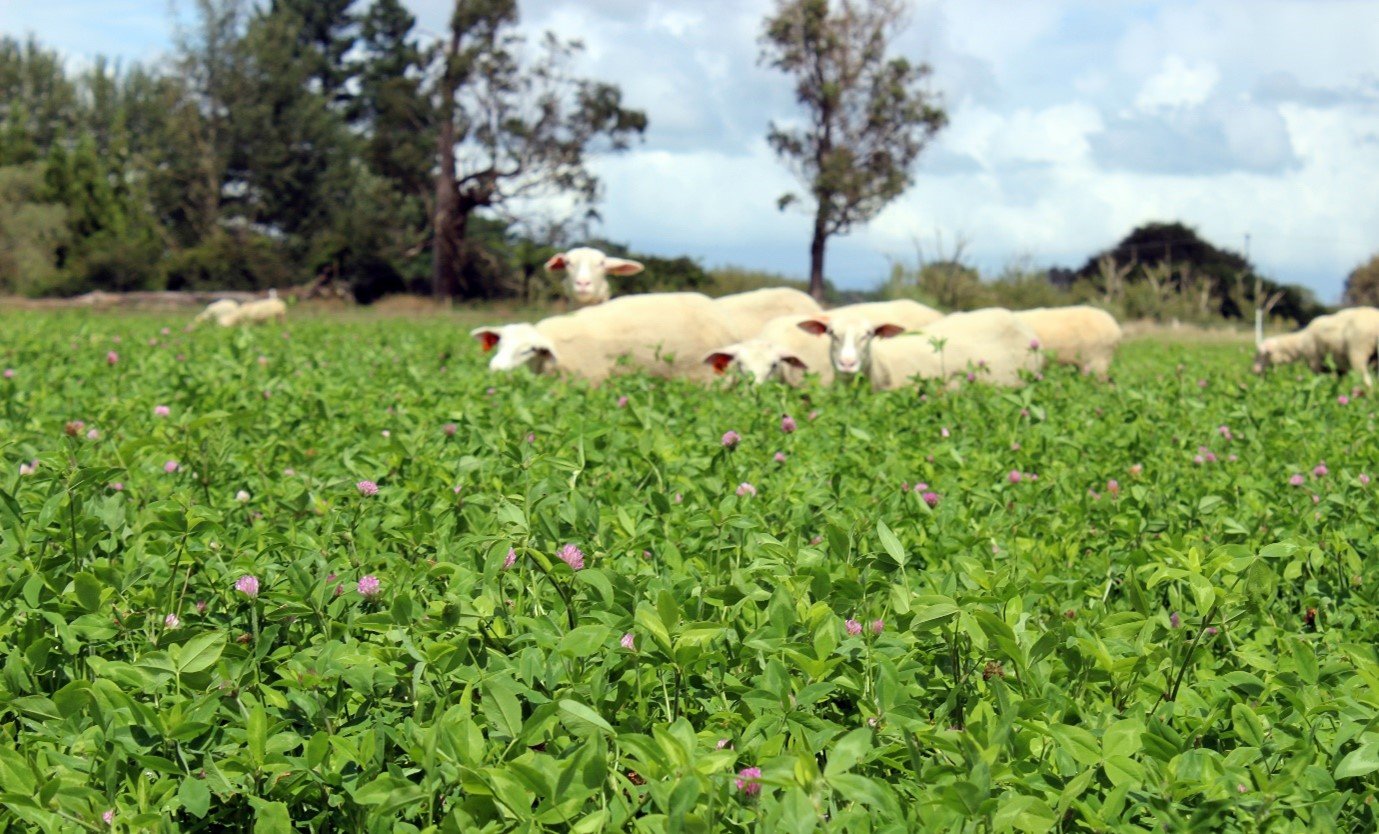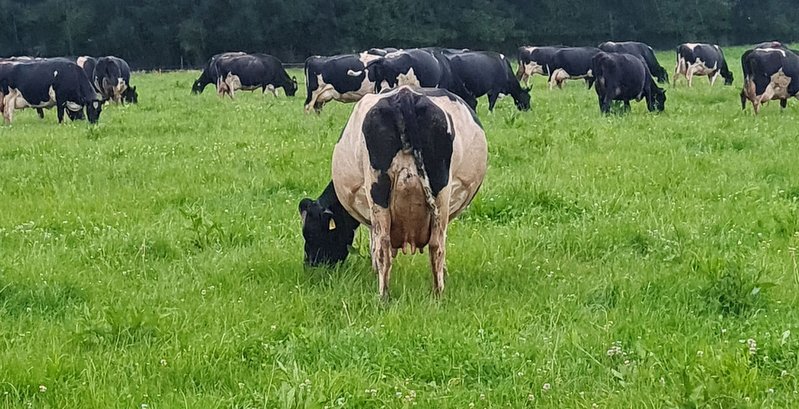How some farmers get clover on steroids
When’s the last time you had too much clover in your paddocks?
If you’re like many farmers, the answer is probably never.
We all know clover works wonders, for animals, pastures and the planet alike. But consistently maintaining bumper populations in today’s farm systems? That’s a different story.
So let’s take a closer look at a couple of cases where clover is going gangbusters. What might we learn from these?
The theory
Clover and ryegrass may be great partners later in life, but early on, they’re not very compatible.
Each has different tolerances and needs, and too often, ryegrass wins the establishment challenge.

it puts down its taproot.
Instead of forcing them together by sowing them at the same time, why not give the clover a head start?
Sow 4 kg/ha each of Ruru white, Laser Persian and Morrow red clover in spring for a summer feed crop no ruminant can resist, with zero downtime for transition.
Then add ryegrass in autumn, by which time the white and red clover are well and truly entrenched, ready to share plenty of natural nitrogen with their hungry new neighbours.
The reality – sheep and beef
On Matt and Kristen Churchward’s hill country breeding and finishing farm at Taihape, this technique works so well it’s now standard practice, using their own direct drill.
What began four years ago as a way to lift prime lamb weight gains has not only improved slaughter yields by up to 1 kg/head, but eliminated the need for nitrogen fertiliser on new pasture until at least year two.
The clover mix hasn’t replaced summer brassica; rather it’s a valuable complement.
“The annual clover creates a massive bulk of summer feed,” Matt says. “The stalks are 100% quality, as thick as your finger, and the lambs can go straight on because there’s no need for transition.”
In autumn, these paddocks are decked with the sheep and drilled with new perennial ryegrass seed, but only after the remaining clover is lightly suppressed with herbicide. “Otherwise it’s so thick it will outcompete the new grass,” Matt says.

Greener than green
Soil nitrogen banked by the clover crop feeds the new pasture for at least 12 months, and often longer. The crop also cuts autumn seed costs, because Matt and Kristen only have to sow one species, and helps them control chronic ingression of low value brown top and poa.
Establishing the clover mix costs about the same per ha as growing chicory and clover for summer feed but grows more.
What can go wrong? “The clover mix doesn’t do well direct drilled into old pasture. We use paddocks coming out of winter crop, or annual ryegrass sown the previous autumn.
“And you can get carried away putting it in too early! If you sow it before the soil temperature is right, it will just sit there. Then you have weed issues.”
The reality – dairy
For Manawatu’s Hayley Hoogendyk, two trial paddocks of the white, annual and red clover summer crop mix this season were a natural extension of her passion for ‘the food cows can’t say no to.’
Two paddocks of turnips were also spring sown on the 460 cow split calving farm where she contract milks, with plan B being to bale the clover for high quality supplement if the herd ended up with more summer crop than it could eat.
After a slow, cold start, the clover mix was ready for its first graze by New Year, and three one-hour feeds barely put a dent in it, with no sign of bloat then or since.
“I’m pretty careful about that. We hold them on a feed pad after evening milking until three quarters of the herd is done, then let them go down there together.
“They’re always strip grazed, and I leave the clover for about three to three and a half weeks between grazings, so it’s a reasonable length.”
Heavy lifting
The one paddock she measured tipped the scales at 15.7 tonnes/ha wet weight at 20% dry matter for a total 3.14 tonnes dry matter/ha.
She’s hoping for six or seven grazings of each before they are drilled with new perennial ryegrass seed this autumn.
“I’d definitely do it again. It’s quite climate-dependant - the heat made a huge difference when it arrived – and we had an issue with fathen at the start, but overall it’s gone really well.”

The food cows can’t say no to!
Hayley’s seen the difference careful management can make to both red and white clover pasture content, and is in no doubt about the gains, regardless of establishment method.
“Yes, you always need the grass. But clover is what makes the difference between average and above average in both your pasture, and your production.”
Food for thought
Summer cropping is just one way of harnessing clover’s many strengths. The key with these two farmers is that they both treat it with respect and care so that it thrives in their system.
Do you do the same?
We can help you get more out of the clover you already have, as well as find ways to get more full stop. Book your free Pasture Health Check today.


